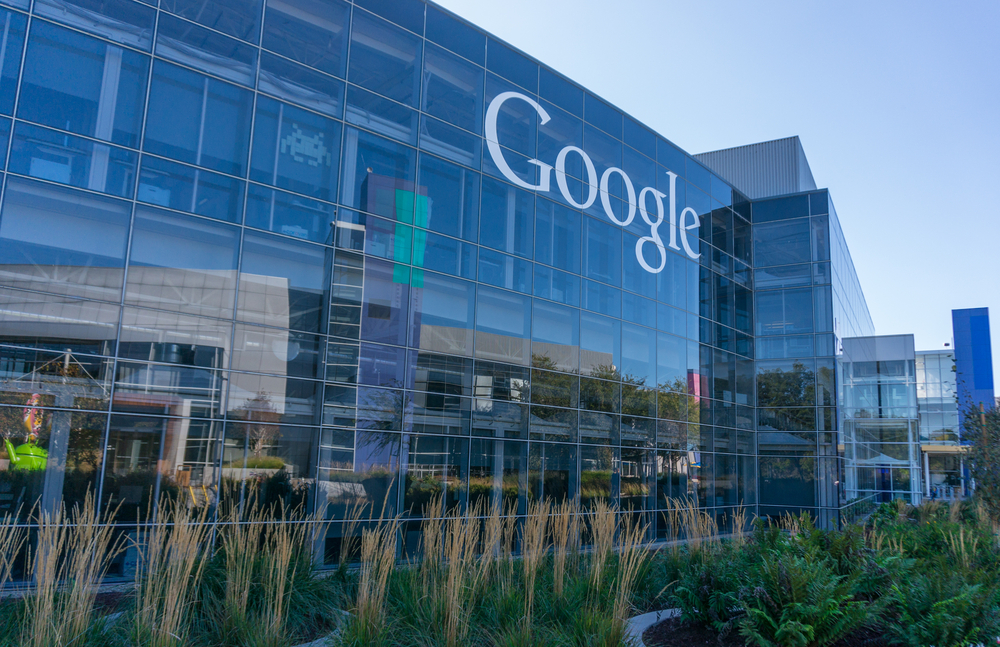
As demand for more space in the cloud grows, Google has announced the scaling up of its MySQL deployment to handle metadata from millions of users.
The new solution will add more replicas for better read throughput and data durability, introduce sharding to scale write throughput and let data set grow beyond a single machine.
The scale up will also allow the creation of separate replica pools for batch jobs and backups (to isolate them from live traffic) and clone the whole deployment into multiple datacenters worldwide for disaster recovery and lower latency.
Google’s video network YouTube has had its MySQL scaled up as the platform handles the metadata for billions of daily video views and 300 hours of new video uploads per minute.
Using the Vitess storage platform, Google will improve scalability, performance and manageability within the cloud. The company advised that Vitness runs more efficiently in a containerised environment and is available as an open source project.
Kubernetes, an open source orchestration system for Docker containers, will allow users to manage their applications. Google created a single deployment configuration for Vitess that works on any platform that Kubernetes supports.
The company highlighted four main advantages to the use of Vitness: horizontal scaling adding capacity by launching additional nodes rather than making one huge node; dynamic placement enabling the cluster manager schedule Vitess containers wherever it wants; declarative specification to let the cluster manager create the end state designed by the user;and self-healing components to recover automatically from machine failures.






